“10 Extraordinary Flowers with Unusual Forms” showcases a collection of fascinating and visually captivating flowers that defy conventional expectations. These flowers possess unique shapes, structures, or characteristics that make them stand out from the typical floral displays. Each flower has its own distinctive form that sparks intrigue and admiration among nature enthusiasts.
From the whimsical to the surreal, this collection includes a diverse range of floral wonders. The introduction invites readers to embark on a journey through nature’s extraordinary creations, where flowers transform into remarkable sculptures. It highlights the allure of these unusual forms, emphasizing the beauty that lies beyond traditional floral norms.
#1. Hot Lips ( Psychotria Elata)
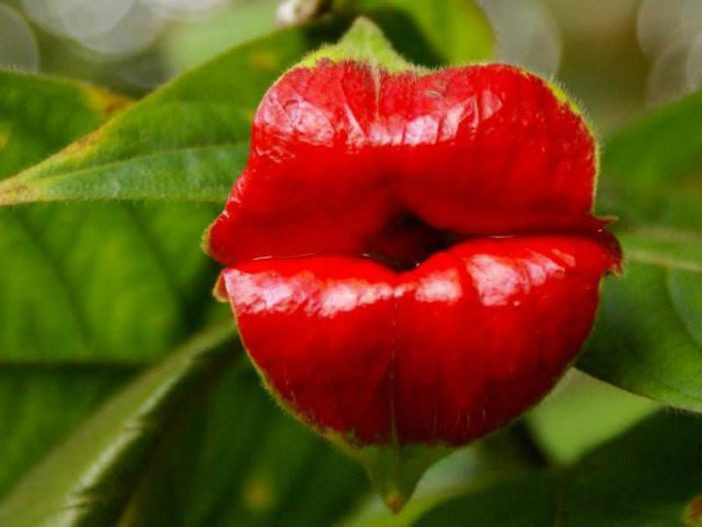 Source: Pinterest
Source: Pinterest
Psychotria Elata, commonly known as Hot Lips or Hooker’s Lips, is a tropical plant species native to the rainforests of Central and South America. It is well-known for its unique and striking red bracts resembling plump, luscious lips. These bracts surround the tiny, inconspicuous flowers of the plant.
While the Hot Lips plant’s appearance is intriguing and eye-catching, its primary purpose is not for human visual appeal but for attracting pollinators. The red bracts serve as a mechanism to entice hummingbirds and butterflies, which are attracted to the vibrant color and nectar produced by the flowers.
#2. Swaddled Babies (Anguloa Uniflora)
 Source: The Garden of Eaden
Source: The Garden of Eaden
Anguloa uniflora, commonly known as Swaddled Babies, is a species of orchid native to the cloud forests of Ecuador and Peru. It belongs to the Orchidaceae family, which is known for its diverse and beautiful floral species. Swaddled Babies is named after its unique flower shape, which resembles a bundle of swaddled infants.
Cultivating Swaddled Babies orchids can be challenging, as they require specific conditions to thrive. They prefer moderate to bright indirect light and should be protected from direct sunlight. Adequate humidity is crucial, and misting the plant regularly can help replicate its natural habitat.
#3. Monkey Orchids (Dracula Simia)
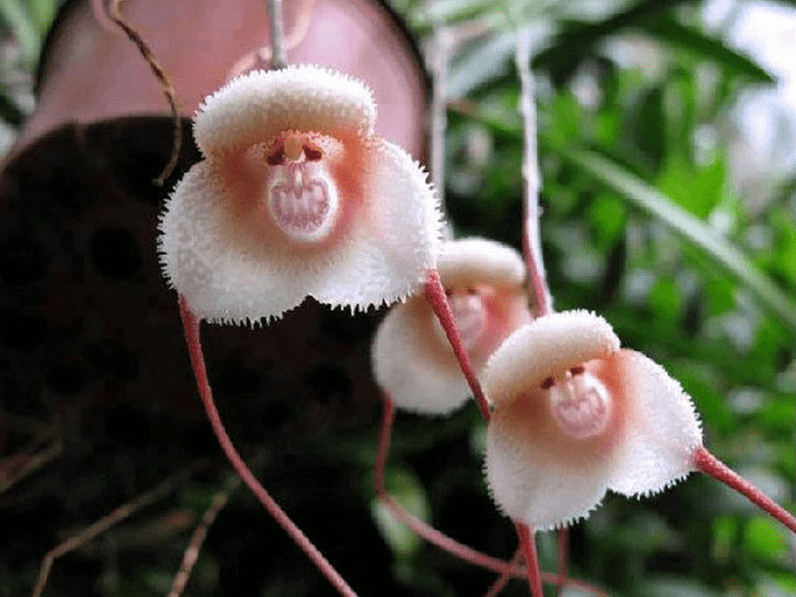 Source: Martha Stewart
Source: Martha Stewart
The Monkey Orchid’s distinctive appearance is due to its flower’s shape and coloration. The blossom has a furry texture, which resembles the fur of a monkey’s face, and its brownish-red and yellowish hues add to the resemblance. The flowers have a strong fragrance, often described as similar to ripe oranges.
Due to their unique and intriguing appearance, Monkey Orchids have gained popularity among orchid enthusiasts and collectors. However, they are relatively rare and can be challenging to cultivate outside their natural habitat. In their native forests, they play a vital role in the ecosystem by providing food and shelter for various pollinators.
#4. White Egret Orchid (Habenaria Radiate)
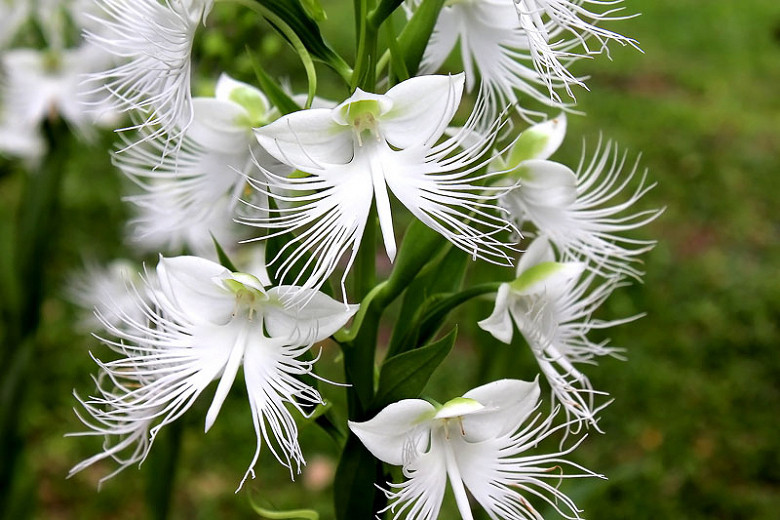 Source: Gardenia.net
Source: Gardenia.net
The White Egret Orchid gets its name from its resemblance to a graceful white egret bird in flight. Its stunning flowers have pure white petals that spread out like wings, with a central green area that mimics the bird’s body. The orchid’s sepals are elongated and fringed, resembling the egret’s flowing feathers.
n terms of cultivation, the White Egret Orchid prefers partial shade and well-drained soil. It thrives in cool to warm temperatures and requires regular watering to keep the soil slightly moist. This orchid species is highly regarded by enthusiasts and collectors for its unique appearance and delicate beauty.
#5. Bee Orchid (Ophrys Apifera)
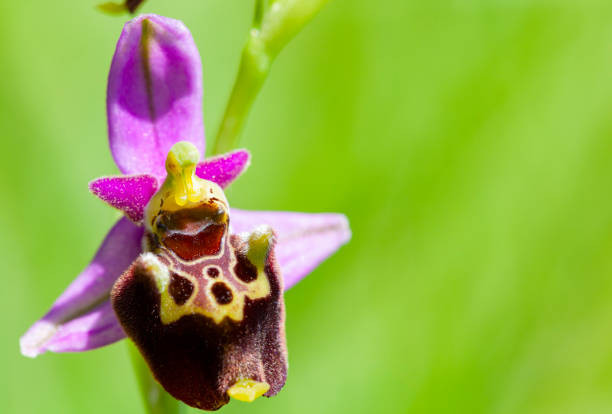 Source: iStock
Source: iStock
What makes this orchid truly unique is its remarkable ability to mimic the appearance of a female bee, hence its common name. The Bee Orchid’s flower has evolved to resemble a female bee in both shape and coloration, complete with intricate patterns that resemble the bee’s body and wings.
This clever mimicry serves a crucial purpose in attracting male bees for pollination. When male bees are deceived into believing they have found a potential mate, they attempt to mate with the flower, inadvertently collecting and transferring pollen in the process.
#6. Naked Man Orchid (Orchis Italica)
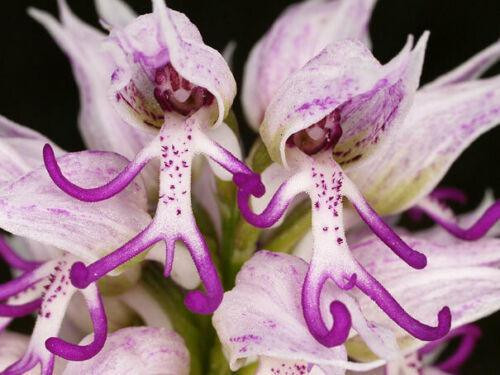 Source: Seed World – Seed World
Source: Seed World – Seed World
The Naked Man Orchid, scientifically known as Orchis italica, is a unique and intriguing flowering plant species. It is commonly referred to as the Naked Man Orchid due to its distinct flowers that bear a resemblance to a naked man.
Like many orchid species, the Naked Man Orchid relies on pollinators for successful reproduction. It attracts various insects, such as bees and butterflies, which aid in the transfer of pollen from one flower to another.
#7. Pansy (Viola tricolor var. Hortensis)
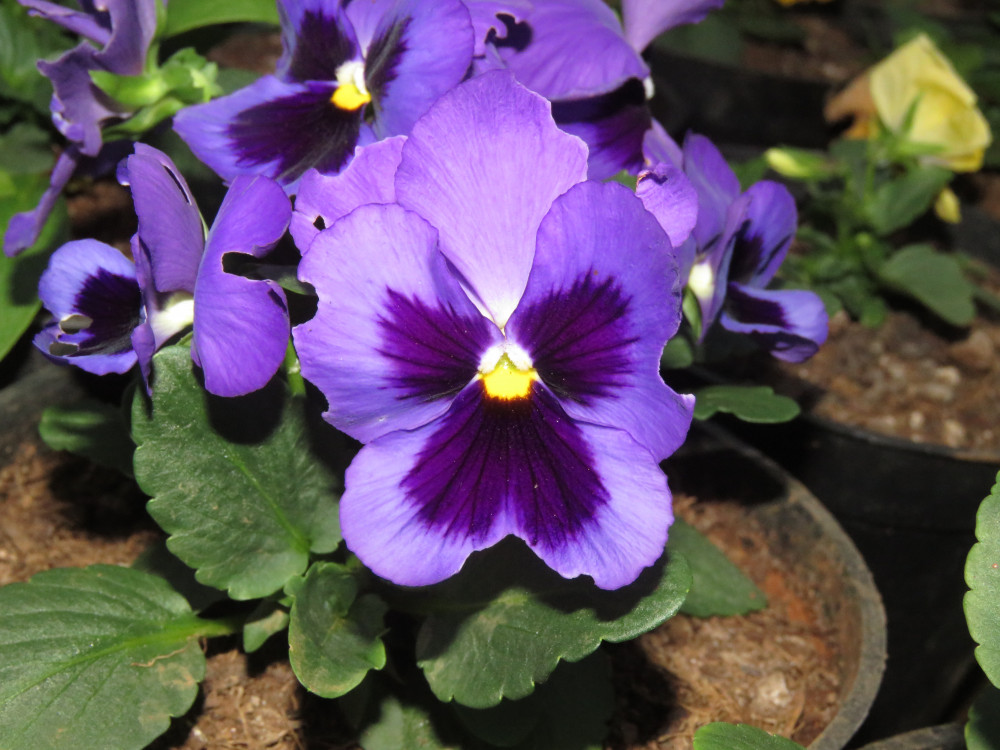 Source: Wikimedia Commons
Source: Wikimedia Commons
Pansies typically have a compact growth habit, with oval or heart-shaped leaves that are dark green and slightly hairy. The flowers of pansies come in a wide range of colors, including shades of purple, yellow, orange, white, and blue. One of the notable features of pansies is their “face-like” appearance, with a dark center and distinct markings on the petals, resembling a human face.
Pansies are relatively easy to grow and are adaptable to different soil conditions, although they prefer well-draining soil and partial shade. They require regular watering to keep the soil moist but not waterlogged. Deadheading the spent flowers can promote continuous blooming. In colder regions, pansies may be planted in the fall for winter and early spring flowers.
#8. Dracula Flower (Dracula Benedictii)
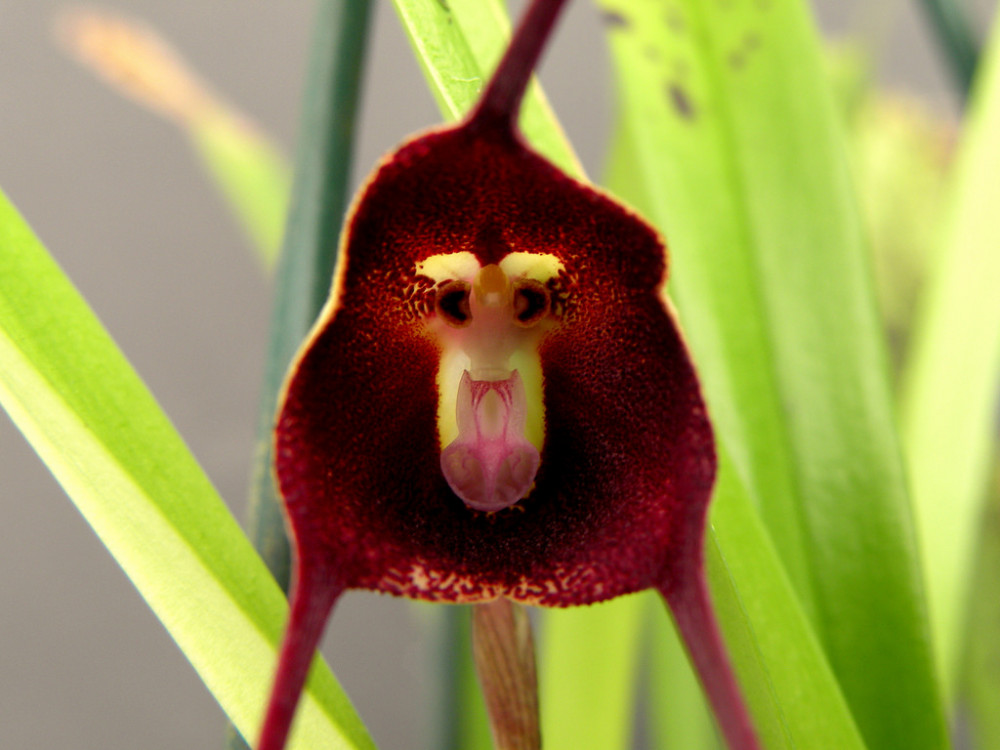 Source: Travaldo’s blog
Source: Travaldo’s blog
Dracula benedictii, commonly known as the Dracula flower, is an orchid species native to the cloud forests of Ecuador and Peru. It belongs to the genus Dracula, which includes several orchids known for their unique and intriguing appearance. The name “Dracula” refers to the peculiar shape of the flower, which is said to resemble a bat’s face.
Like other orchids, Dracula benedictii is an epiphytic plant, meaning it typically grows on trees or rocks rather than in soil. It prefers cool and moist environments, typically found in the high-altitude cloud forests where it originates. These orchids require high humidity levels and moderate shade to thrive.
#9. Dancing Girls ( Impatiens Bequaertii)
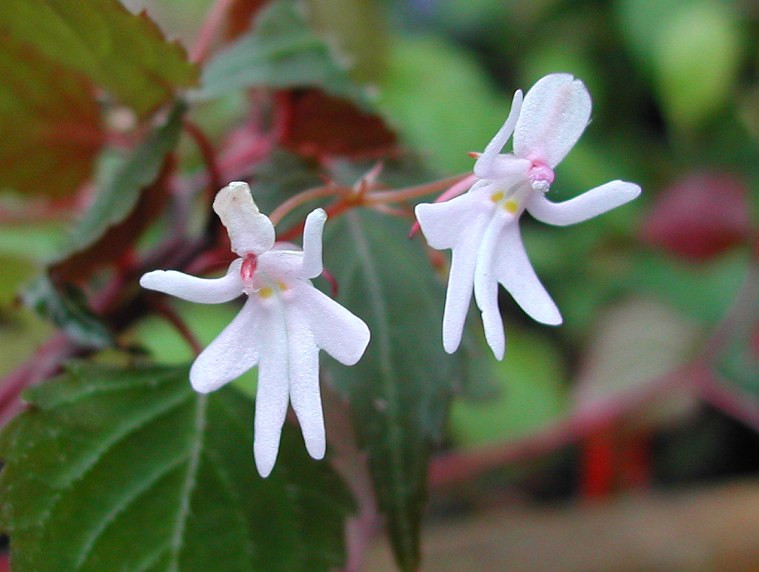 Source: Strange Wonderful Things
Source: Strange Wonderful Things
#10. Snapdragons (Antirrhinum)
 Source: Eden Brothers
Source: Eden Brothers
The Dancing Girls plant features clusters of delicate, pendulous flowers that resemble miniature ballerinas in mid-dance, hence its charming common name. Each flower consists of two upper petals and a lower petal, with the upper petals forming a “skirt” around the lower one. The flowers exhibit a striking combination of yellow and orange colors, adding to their visual appeal.
This plant prefers shady and humid environments, making it suitable for indoor cultivation or shaded outdoor gardens. It thrives in well-draining, moist soil and requires regular watering to maintain its lush foliage and vibrant blooms. It is relatively low-maintenance and can be propagated through seeds or cuttings.
